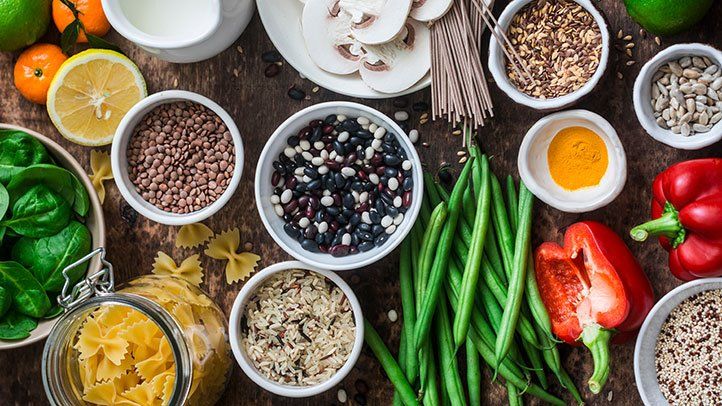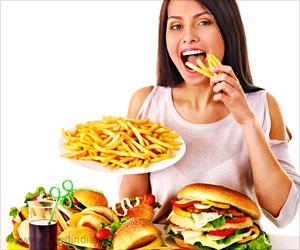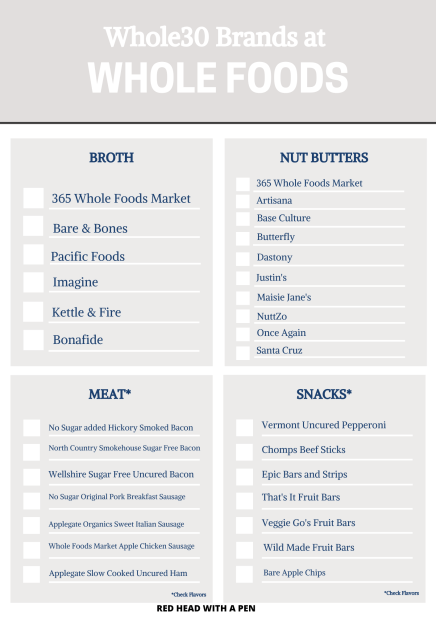
When colitis flares up, it can become difficult to digest various types of food. Therefore, it is important to choose foods that are suitable for colitis. People with ulcerative bowel disease may need to cut back on their intake potatoes because of the high level of glycoalkaloids. These substances can cause gas or bloating and may worsen symptoms. Moreover, consuming fried potato chips or skins can also worsen symptoms. Consuming foods high in sulfur can also be harmful to the body. It can lead to gastric issues, cramping, and diarrhea. Experts suggest that you limit the intake and avoid processed foods.
If you are trying avoid spicy foods, it's important to stay away. These foods contain capsaicin which can be irritating to the intestine lining. It can also cause an intestinal flare-up. This can also cause colon problems, making it difficult to maintain remission. If you can tolerate ground flaxseeds you may be able to eat a low-FODMAP food plan. These diets can be difficult for some people. Before beginning a low-FODMAP diet, check with your R.D. To make sure it is right for you, consult your R.D.
Avoid high-fiber foods if you are suffering from frequent bouts of colitis. Foods high in fiber are recommended for people who are in remission. People with lupus can eat bananas. A simple elimination diet is a good option for those with colitis. The goal is to identify the foods that trigger your colitis symptoms.

While it's not advisable to avoid foods rich in both soluble and soluble fiber, a good IBD diet will follow standard guidelines for healthy eating. And because of the unique nature of your disease, you should customize your list of foods to eat with colitis flare up. You may experience diarrhea and other symptoms if you eat too many pasta or bread. You might be better off avoiding these foods during a flareup or choosing foods that are simple to digest.
Although avoiding wheat and dairy products can help with colitis symptoms, it is not wise to eliminate certain food groups. Instead, try to reduce the number of foods you eat. A gluten-free diet can be added to your existing diet. Avoid dairy products and a gluten-free diet. If you are suffering from a colitis flare up, you should also consider limiting foods that contain high amounts of fiber.
People with UC should limit their intake of dairy products because they may not be able properly digest lactose. It's vital to remain hydrated during flare ups. You don't have to limit dairy products. Greek yogurt is still a good option, as it contains probiotics, and low in lactose. You should avoid drinking any type of milk, as it is high in saturated fats.
In general, you can eat a diet that is rich in fruits or vegetables. If you have UC, they are not recommended. They may cause an increase in inflammation. They can also help to reduce symptoms of UC. You should avoid eating raw vegetables and eggs if you are experiencing colitis. Avoid raw vegetables and eggs if diarrhea is a concern. If you eat them with your colitis, you should also keep your diet simple.

Salmon can also be eaten. Salmon oil has been shown to help lower inflammation and is rich in protein. Tuna and other fish are also rich in omega-3 fatty acid. However, fish should be cooked so that it doesn't lose its nutritional content. While you're eating fish, you should also increase your intake of proteins and calories. This will prevent any colitis flare-ups, and also help to improve your health.
Also, you should reduce fiber intake. Many fiber sources contain high levels of folate and magnesium. These are the best foods to avoid if colitis flares up. You should limit foods that contain too much fiber as they may trigger the symptoms. Avoid processed foods as well as products enriched with white flour. They may lead to an outbreak of the disease. You should not use them if your symptoms are severe.
FAQ
What is the best food for me?
Your lifestyle and individual needs will determine the best diet for your body. Also, consider your energy expenditure, whether you prefer low-calorie food, and whether you enjoy eating fruits or vegetables.
If you are trying to lose weight, then you may want to try intermittent fasting. Intermittent fasting involves consuming only specific meals throughout the day, rather than having three large meals. This approach may prove to be more beneficial than traditional diets that have daily calorie counts.
Intermittent fasting is believed to increase insulin sensitivity. It may also reduce inflammation. This may lead to a decrease in diabetes risk and blood sugar levels. Research suggests that intermittent fasting can promote fat loss and improve overall body composition.
What is the difference between a calorie or a kilocalorie.
Calories measure the energy content of food. Calories are a unit of measurement. One calorie equals one degree Celsius of energy to raise water temperature by 1 gram.
Kilocalories are another way to describe calories. Kilocalories equal one thousandth of a calorie. 1000 calories equals 1 kilocalorie.
Here are 7 ways to live a healthy lifestyle.
-
You should eat right
-
Exercise regularly
-
Sleep well
-
Drink lots of water
-
Get enough rest
-
Be happy
-
Smile often
Do I need calories to count?
Perhaps you are wondering what the best diet is for you. or "is counting calories necessary?" The answer to this question depends on many factors, including your current health, your personal goals and preferences, as well as your overall lifestyle.
The Best Diet for me - Which One Is Right for You?
The best diet depends on me, my health, my goals, my preferences and my overall lifestyle. There are many options, both good and bad. Some work well for certain people while others don't. So what should I do? How do I make the right decision?
These are the main questions addressed by this article. This article begins with a brief overview of the various types of diets that are available today. After that, you will learn about the pros and disadvantages of each type. Finally, we'll look into how to choose the best one for you.
Let's look at some of the main types of diets to get started.
Diet Types
There are three main types of diets: low fat, high protein, and ketogenic. Let's take a look at them all below.
Low Fat Diets
A low fat diet is a diet that restricts the amount of fats consumed. This is accomplished by decreasing the intake of saturated fats such as butter and cream cheese. It is possible to replace these saturated fats with unsaturated ones (olive oil or avocados). Low fat diets are often recommended to those who wish to lose weight quickly. This type of diet can lead to constipation and heartburn as well as indigestion. Vitamin deficiencies can also occur if the person doesn't get enough vitamins through their diet.
High Protein Diets
High protein diets restrict carbohydrates in favor of proteins. These diets usually have higher amounts of protein than other diets. They are meant to help build muscle mass and burn more calories. The downside is that they may not provide adequate nutrition for someone who needs to eat regularly. They can also be very restrictive so they may not be suitable for everyone.
Ketogenic Diets
Ketogenic diets also go by the name keto diets. They are high fat and moderately carbohydrate and protein-rich. These foods are popular among athletes and bodybuilders as they allow them to train harder, longer and without becoming tired. To avoid side effects such as fatigue, nausea, headaches, or other unpleasant side effects, you must strictly adhere to their instructions.
Statistics
- WHO recommends consuming less than 5% of total energy intake for additional health benefits. (who.int)
- Extra virgin olive oil may benefit heart health, as people who consume it have a lower risk for dying from heart attacks and strokes according to some evidence (57Trusted Source (healthline.com)
- According to the Physical Activity Guidelines for Americans, we should strive for at least 150 minutes of moderate intensity activity each week (54Trusted Source Smoking, harmful use of drugs, and alcohol abuse can all seriously negatively affect your health. (healthline.com)
- This article received 11 testimonials and 86% of readers who voted found it helpful, earning it our reader-approved status. (wikihow.com)
External Links
How To
27 Steps for a healthy lifestyle even if your family buys junk food
It is easy to eat healthy when you cook at home. This is difficult for people who don't know how to cook healthy meals. This article will provide some helpful tips for making healthier dining out choices.
-
Choose restaurants that offer healthy options.
-
Before you order any meat dishes, make sure to order salads or vegetables.
-
Ask for sauces that aren't sweetened.
-
Avoid fried items.
-
Choose grilled meats over fried.
-
Do not order dessert unless you really need it.
-
After dinner, make sure you have something to eat.
-
Slowly chew and eat.
-
Eat water.
-
Do not skip breakfast or lunch.
-
Take fruit and vegetables along with every meal.
-
Consume milk and not soda.
-
Sugary drinks should be avoided.
-
Reduce salt intake.
-
Limit the amount of time you eat at fast food restaurants.
-
If you can't resist temptation, ask someone to join you.
-
Your children shouldn't watch too much television.
-
When you are eating, keep the television off.
-
Do not drink energy drinks.
-
Take frequent breaks from your job.
-
Exercise early in the morning.
-
Move every day.
-
Start small and increase your knowledge slowly.
-
Set realistic goals.
-
Be patient.
-
Even if you don’t feel like exercising, make time for it.
-
Use positive thinking.